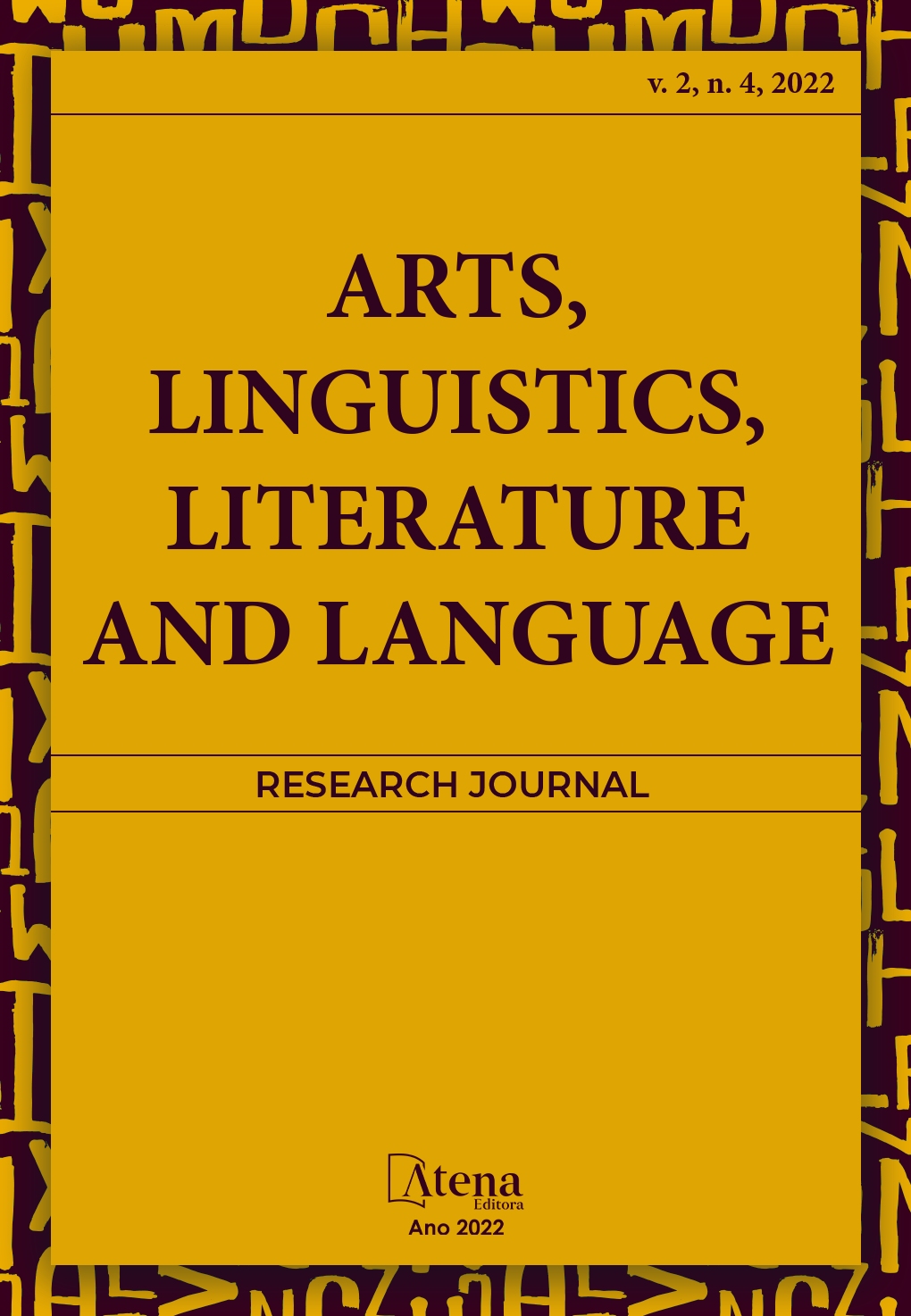
Sin City, an intermedia analysis: from comics to movies
This article aims to explore the intermedia relations between the comic book, “Sin City”, the sub-story of Marv, written and illustrated by Frank Miller and transformed into a film version by Robert Rodriguez. The analysis identifies elements of the visual identity of the original work in the adaptation, as well as adjustments for the transposition of one language to another. In addition to the undeniable differences between supports such as the use of dialogue balloons, the use of frames, gutters, frames in the cinema or the use of effects and soundtracks, it is necessary to consider the different stages of production or elaboration of each medium separately, thus, as the nuances of perception, as the time of viewing the images, the paths to be followed while reading and the actions of subjective contemplation on the part of the spectator/reader. However, it is important to consider the space/time issues about the sequential chains of images and especially about the aesthetic choices of each author/director on the narrative composition of each support. Therefore, the analysis was based on a theoretical basis by Ismael Xavier, Robert Stam and Doc Comparato, on the main aspects of this adaptation model, in order to understand the aesthetic options of the illustrations as a storyborad tool for the production of the film adaptation.
Sin City, an intermedia analysis: from comics to movies
-
DOI: 10.22533/at.ed.929242212069
-
Palavras-chave: Sin City, film adaptation, interart studies.
-
Keywords: Sin City, film adaptation, interart studies.
-
Abstract:
This article aims to explore the intermedia relations between the comic book, “Sin City”, the sub-story of Marv, written and illustrated by Frank Miller and transformed into a film version by Robert Rodriguez. The analysis identifies elements of the visual identity of the original work in the adaptation, as well as adjustments for the transposition of one language to another. In addition to the undeniable differences between supports such as the use of dialogue balloons, the use of frames, gutters, frames in the cinema or the use of effects and soundtracks, it is necessary to consider the different stages of production or elaboration of each medium separately, thus, as the nuances of perception, as the time of viewing the images, the paths to be followed while reading and the actions of subjective contemplation on the part of the spectator/reader. However, it is important to consider the space/time issues about the sequential chains of images and especially about the aesthetic choices of each author/director on the narrative composition of each support. Therefore, the analysis was based on a theoretical basis by Ismael Xavier, Robert Stam and Doc Comparato, on the main aspects of this adaptation model, in order to understand the aesthetic options of the illustrations as a storyborad tool for the production of the film adaptation.
-
Número de páginas: 21
- Marcia Gomes Marques
- Cid Nogueira Fidelis


